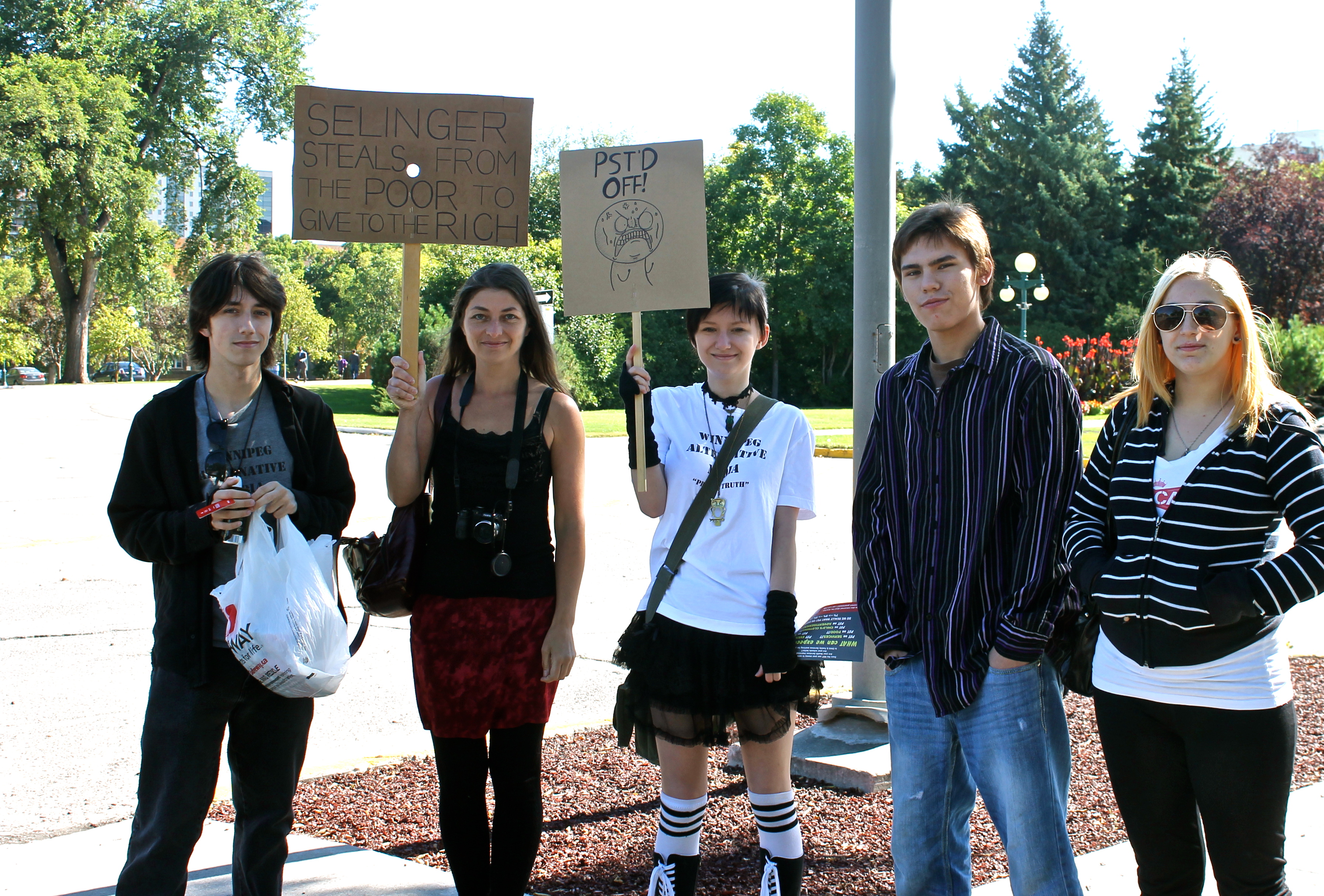“O bury me not on the lone prairie, where the wild coyote will howl over me, where the buffalo roams the prairie sea, O bury me not on the lone prairie.”
So ring the plaintive words of the classic Carter family tune, though the protagonist cowboy was buried on the lone prairie anyway. However, the lone prairie of folk songs and western films has almost disappeared completely from the Canadian west. As reported by the Canadian Press recently, and picked up by the Manitoban on Jan. 27, 2010, less than one percent of Canada’s tall-grass prairie ecosystem remains, and most of that is in Manitoba.
This ecosystem, before the arrival of European immigrants, once spanned at least 6,000 square km, and, according to U of M ecologist Nicola Koper, what is left is disappearing fast. Native grasses and wild flowers towered — at one point — meters high, making the tall-grass prairie one of the most productive ecosystems in North America. The deep soils created as a result were perfect for agriculture, which is why the prairies today look the way they do — sectioned off by surveyors and cultivated extensively. Relying heavily on wildfires and the movement of bison to rejuvenate itself, and keep invasive woodland species from gaining hold, the natural processes for tall-grass prairie to thrive have all but been erased over the past 150-odd years.
According to Koper’s latest study, the few protected pockets remaining are thinning faster than researchers believed, thanks, in part, to human actions. While there is some hope for tall-grass prairie in southeastern Manitoba, and some talk of expanding that protected area, Koper believes that there is still much to be done if we, as a society, wish to preserve part of Canada’s natural heritage.
I have been pondering this issue of disappearing prairie for a few years now. Another thing that I often ponder is what Glenn Danzig once called “Sweet Death.” One day, the two concepts clicked in my head, after reading about a movement that began in the United Kingdom advocating “natural” or “green burial.” The basis of this movement is a simple one: some people want to be buried the way humans were buried for thousands of years before the invention of embalming fluid. Dig a hole in the ground, insert corpse — sans embalming fluid — encased in a biodegradable casket, and fill. Afterwards, let nature take its course.
In the UK, there are currently over 200 locations where green burial is available as an option; in the U.S., there are over a dozen. In place of a tombstone, a tree, shrub or bush is often planted on top of the grave after a person choosing green burial is interred, connecting the deceased again to the natural cycle of life, rather than preserving the body from it. No fertilizers or pesticides are used to keep the grass green above the grave, no carbon burnt to keep it short and orderly.
Currently, in Canada there is one small location, in Victoria, B.C., where green burial is an option, and one is in development in Guelph, Ont.. Manitoba has no policy regarding the issue, though it would be simple enough to make a provision for it within the existing Cemeteries Act. Established funeral chapels could get in on the ground floor of what is sure to be a growth industry as aging boomers start tallying up their collective carbon footprints in anticipation of the end of their time, while Manitoba-based entrepreneurs who are ahead of the game could become national leaders in the field.
If these natural burial areas were mandated by the Cemetaries Act, with the goal of fostering threatened native species of plants and animals, new pockets of tall-grass prairie could develop over time, with controlled burns administered by the landholders to keep invasive woodland species at bay. Children could visit a part of our natural heritage and the final resting place of their deceased ancestors in one beautiful place, while folks about to enter their good night could do so with a clear enviro-conscience, knowing their body will not be leaching carcinogenic chemicals into the earth for decades to come.
Now, I’m no scientist, and am not entirely certain that this scheme of mine would actually help save the tall-grass prairie, but I am a guy who will die sometime in the not-so-distant future. Cremation, in my mind, is a waste of resources, and current burial practices are weird, nasty and unsustainable, from an environmental perspective. Short of being stuck up in a tree for the ravens to have at me, green burial is the next best option. I, for one, would not bemoan my burial beneath the lone prairie, provided tall native grasses were sucking the nutrients out of my corpse, and expelling my remains up into the beautiful prairie sky above; far from it. If green burial were available, I’d embrace the option, and hope that every Manitoban would, too.
Sheldon Birnie is in his third year of environmental studies at the U of M.




